You probably have it tucked away in your medicine cabinet. Whether you're taking it to stave off the aches and pains of daily life or reduce your risk of a cardiovascular event, aspirin has been a staple for over a century. But what is it, and how does it work in the body?
What is Aspirin?
Spiraea (Credit:Diyana Dimitrova/Shutterstock)
Aspirin is made from salicylic acid, an organic compound found in a common shrub called Spiraea. The white willow tree's bark also contains the drug's natural element. It's been used naturally for thousands of years. The ancient Egyptians used it for joint pain, and Hippocrates recommended it for childbirth.
White Willow Bark (Credit:P Maxwell Photography/Shutterstock)
In 1763, the British scientist Edward Stone conducted the first experiments to show the power of willow bark. Writing in the Journal of the Royal Society of Medicine, he said that he had uncovered a miracle drug in the bark of an English tree. "I have found [it] by experience to be a powerful astringent and very efficacious in curing aguish and intermitting disorders."
A century later, in 1874, the British physician Thomas MacLagan used salicin, the active ingredient in aspirin, on his patients with rheumatic fever. After gradually increasing the dosage on himself to check for its safety, MacLagan began giving it to his patients. His accounts are published in the Journal of the Royal Society of Medicine.
"The sudden arrest of the painful symptoms, and the coincident rapid fall of pulse and temperature, followed so immediately on the administration of the salicin that it is impossible not to attribute them to its use."
How Does Aspirin Work?
While aspirin seems like a basic remedy, its impact on the body is complex. We feel pain once trauma in the body transmits signals of that pain to the brain. Lipids produced from pain in the cells enter an enzyme called cyclooxygenase which then causes the production of prostaglandins, a group of lipids similar to hormones that create and regulate pain and inflammation at the site of tissue damage or infection.
Inside the enzyme, these lipids form pain messenger substances that fit into pain receptors on the nerve endings and then transmit pain signals to the brain. Aspirin is a member of a class of drugs known as nonsteroidal anti-inflammatory drugs (NSAIDs) that work by blocking the enzyme that causes inflammation so that it can't produce pain messengers.
Aspirin for Blood Clots
The drug is also a powerful tool for reducing your risk of blood clots. Blood clots form when fibrin, strands of protein that form a net in the blood vessels, begin to gather, causing platelets and cells to clump and get caught in the net. In this case, aspirin interrupts the formation of clotting.
This can form a clot, but aspirin makes cells and platelets less sticky, so they don't clump together and block the arteries. However, you should not take aspirin daily unless you're at an increased risk of cardiovascular events and your doctor has recommended it. The medication can decrease the clotting ability in some people and increase their risk of bleeding.
Aspirin is a wonder drug that has been around for thousands of years naturally and in its current form for a century. And while we might not have always understood the mechanism for how it worked in the body, we've long known that it was effective. From joint pain to fever and anti-clotting, you don't have to know why it works to know that it does.
#IHME
|
New findings on chronic respiratory diseases |
|

Nearly 80% of CRD deaths in 2019 were caused by chronic obstructive pulmonary disease, according to a new eClinicalMedicine study published by IHME researchers and GBD collaborators. About one in every 20 people globally suffered from CRDs in 2019. Asthma was the most common CRD. This is the first GBD study to highlight the role of high body mass index as the leading risk factor for asthma mortality, especially for women.
|
|
Deciphering hearing lossOne in five people worldwide experience hearing loss, according to an IHME study published in 2021. Lead author and former IHME fellow Lydia Haile discussed the study’s findings and how to address the concept of disability. Read the interview→ |
|
|
What to know about XBB.1.16, the ‘Arcturus’ variant (NBC News)
» Ali Mokdad, a professor of global health at the University of Washington, said it’s still too early to predict what XBB.1.16 will do. But what he’s seen so far has been reassuring. “We haven’t seen an increase in hospitalizations, we haven’t seen an increase in any of the indicators that make us worry,” Mokdad said. |
|
|
LinkedIn post of the week 
I am thrilled to share that our latest paper on the burden of chronic respiratory diseases (CRDs) has been published in The Lancet’s journal eClinicalMedicine. Our team's efforts and contributions were invaluable in making this study possible. I am grateful for the unwavering support and guidance my mentors and colleagues provided at the Non-Communicable Diseases Research Center (NCDRC) and Institute for Health Metrics and Evaluation throughout this project. It is an absolute honor to be a part of such a collaborative effort.
|
|
|
UN: Protecting Indigenous health also protects the environment
» A recent report, “Indigenous Determinants of Health,” is a culmination of 20 years of work that the United Nations Permanent Forum on Indigenous Issues has been doing. (Grist)
Supplies running out at Sudan’s remaining hospitals as healthcare disaster looms
» In the capital, Khartoum, only 16% of health facilities are still functioning, according to the World Health Organization. (The Guardian) |
|
|
|
|
#TV5MONDE
Le ministre australien de la Santé a annoncé mardi des mesures strictes pour limiter le vapotage, accusant l'industrie du tabac de vouloir rendre les adolescents de la prochaine "génération accros à la nicotine"
Mise à jour 02.05.2023 à 17:00
AFP © 2023 AFP
Le ministre australien de la Santé a annoncé mardi des mesures strictes pour limiter le vapotage, accusant l'industrie du tabac de vouloir rendre les adolescents de la prochaine "génération accros à la nicotine".
Présentée comme la plus grande réforme contre le tabagisme du pays depuis une décennie, Canberra va interdire les cigarettes électroniques à usage unique, cesser les importations des versions délivrables sans ordonnance et restreindre la quantité de nicotine dans les e-cigarettes.
L'Australie mène depuis longtemps une politique volontariste d'éradication du tabagisme et, en 2012, elle est devenue le premier pays à imposer le paquet de cigarettes "neutre", une politique copiée depuis par de nombreux pays./.../
#NATURE briefing
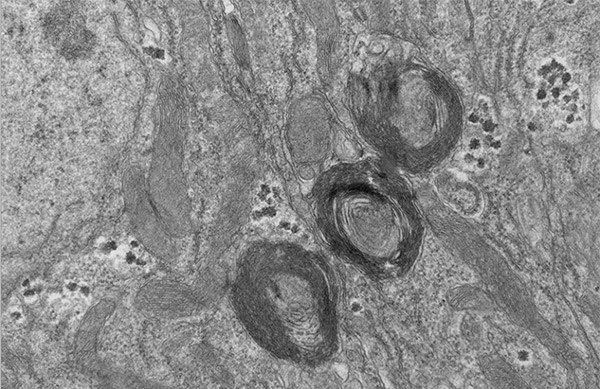 |
| Three of the newly discovered organelles in a fruit fly intestinal cell. The organelles appear to be a reservoir of phosphate, a molecule essential to life (Chiwei Xu et al./Nature) |
|
Biology textbooks look set for an update: researchers have just discovered a new kind of organelle, a tiny organ-like structure inside cells. Researchers made the discovery while investigating the role of phosphate in cell renewal in the guts of fruit flies (Drosophila melanogaster). The new organelle acts as a reservoir for phosphate, a nutrient that is essential for life. The discovery highlights how much there is to learn about cell physiology, says geneticist and study co-author Chiwei (Charles) Xu. “The beauty is there, it's just waiting for us to discover it.” Nature | 3 min read
Go deeper with an expert analysis by developmental biologists Emily Strachan and Irene Miguel-Aliaga in the Nature News & Views article (7 min read, Nature paywall)
Reference: Nature paper#|
We published a major overhaul of our work on Technological Change
Almost every development that we cover on Our World in Data is underpinned by some form of technological change.
Medical innovations contributed to the decline of child mortality and the improvements in life expectancy. The long-term decline of global poverty was primarily driven by increased productivity from technological change. Access to energy, electricity, sanitation, and clean water have transformed the lives of billions.
Emerging technologies are often expensive and therefore initially limited to the richest in society. A key part of technological progress is making these life-changing, and often life-saving, innovations affordable for everyone.
In many ways, technology has transformed our lives for the better. But these developments are not always positive: many of humanity’s largest threats — such as climate change, nuclear weapons, and potentially also artificial intelligence — are the result of technological advances. To mitigate these risks, good governance can be as important as the technology itself.
On our updated page, you can find all our data, visualizations, and writing on many of the most fundamental technological changes that have shaped our world. |
|
Explore our featured work |
|
|
Why did renewables become so cheap so fast?
For the world to transition to low-carbon electricity, energy from these sources needs to be cheaper than electricity from fossil fuels.
Fossil fuels dominate the global power supply because, until very recently, electricity from fossil fuels was far cheaper than from renewables. This has changed dramatically in the last decade. In most places in the world today, power from new renewables is cheaper than power from new fossil fuels.
The fundamental driver of this change is that renewable energy technologies follow learning curves, which means that with each doubling of their cumulative installed capacity, their price declines by the same fraction. The price of electricity from fossil fuel sources, on the other hand, does not follow a learning curve, meaning renewables will continue getting cheaper relative to fossil fuels.
This is an argument for large investments into scaling up renewable technologies now. Increasing installed capacity has the extremely important positive consequence that it drives down the price and thereby makes renewable energy sources more attractive, earlier.
Falling energy prices also mean that the real income of people rises. Investments to scale up energy production with cheap electric power from renewable sources are therefore not only an opportunity to reduce emissions, but also to achieve more economic growth — particularly for the poorest places in the world. |
|
|
|
|
#|
A New Idea for How to Assemble LifeBy PHILIP BALL If we want to understand complex constructions, such as ourselves, assembly theory says we must account for the entire history of how such entities came to be.
Read the article |
|
|
|
 | Alan Turing's Most Important Machine Was Never BuiltBy SHEON HAN At 23 years old, Alan Turing wrote a seminal paper that helped define computation, algorithms and what came to be known as Turing machines — the theoretical foundation for modern computing.
Read the explainer |
 | Is Perpetual Motion Possible at the Quantum Level?Podcast hosted by STEVEN STROGATZ A new phase of matter called a “time crystal” plays with our expectations of thermodynamics. The physicist Vedika Khemani talks with Steven Strogatz about its surprising quantum behavior.
Listen to the podcast
Read the transcript |
|
Powerful Emptiness
An abandoned mine on the island of Sardinia will be the site of a new experiment called Archimedes, in which physicists will attempt to measure the energy of empty space, reports Manon Bischoff for Scientific American. This vacuum energy is thought to be tied to dark energy, which accelerates the expansion of the universe. When physicists estimate the vacuum energy by inferring it from quantum fluctuations of fields, they find a 120 order-of-magnitude discrepancy between the calculated value and the force speeding up the universe’s expansion. Natalie Wolchover reported on efforts to resolve this tension for Quanta in 2018.
Another Way to Tweet
Researchers didn’t know whether birds could get social gratification through video. But a new study found that parrots making video calls to one another responded as they would to real birds and seemed less lonely, reports Hannah Devlin for The Guardian. Parrots, known for their linguistic abilities, are very social creatures. In a 2018 interview with Jordana Cepelewicz for Quanta, the neuroscientist Erich Jarvis discussed birdsong, what it teaches us about language and the social motivation behind speech.
|
|
|
Nota: como dentro de pouco mais de uma semana AMICOR estará celebrando 26 anos,
pensei em republicar alguns de meus artigos, a maioria publicados na Zero Hora...
Aloyzio Achutti. Médico.(publicado no Jornal Zero Hora, no dia 20/07/2007)Prevenir significa evitar danos, antecipando-se ao desastre. O conceito de risco e o conhecimento de sua presença são fundamentais para poder prevenir e chegar antes que o mal aconteça. A sabedoria popular já nos ensina: “é preferível prevenir que remediar”, “antes que o mal cresça, corte-se-lhe a cabeça”, porém não basta o conhecimento. Uma atitude favorável é necessária, e mais do que isso, uma cultura de proteção aos bens e valores fundamentais.
Dizem que nossa cultura é da catástrofe, que só nos movemos depois que um grande mal acontece, e não nos choca mais o comportamento paradoxal de massa, atraída para a contemplação e a comunicação do desastre e da violência, esperando pelo herói do último minuto...
Tudo pode estar relacionado com o desejo de onipotência, com o impulso de ignorar limites, a voracidade de acumular, e o mito da eternidade. As conquistas e o desenvolvimento da ciência contribuem para estimular estas fantasias, reforçadas pela propaganda, corrupção política, e interesses de mercado.
Estamos vivendo momentos de competição desportiva, onde bater recordes é a meta, distorcendo o valor do exercício físico para a saúde. Se a atividade física faz bem, ninguém provou até hoje que seu extremo traga benefícios, a não ser para os interessados na mobilização de multidões e nos negócios daí resultantes.
O limite está geralmente associado a risco e deve ser abordado com muita cautela, somente quando necessário, e com redobrada segurança. Entretanto nossa cultura foi construída cultuando o mais alto, o mais rico, o mais poderoso, o mais veloz, o mais violento, o som mais forte, os esportes radicais e a droga mais excitante, o que é capaz de comer e beber mais, quem mais se arrisca.
A virtude está no meio porque o abuso do limite se encontra nos extremos, em geral por irresponsabilidade, loucura ou incompetência. Também operar no limite inferior ou abaixo dos custos, pagar mal pelo serviço, por clientelismo, por lucratividade, ou para desviar recursos, só pode aumentar o risco de acidentes ou de má prática e deteriorar a qualidade. Na saúde, ou em qualquer outro setor de serviço, no transporte, na indústria, no comércio e na agricultura, é preciso observar os limites e cuidar dos riscos, planejar e avaliar constantemente, investir em manutenção, suporte e infra-estrutura.
A lei é o estabelecimento de limites visando o bem comum. Uma cultura que não respeita os limites, ou que cultua a transgressão em busca de vantagens ou situações de estresse e de risco, favorece a criminalidade e a corrupção.
A final, tudo tem limites e tem riscos, até nossa existência e o meio ambiente no qual vivemos. Para preservá-los, para gozá-los por mais tempo, para não sofrer danos é preciso respeitar os limites e agir dentro de uma margem razoável de segurança. Os extremos são para uso excepcional, e a consciência de limite deve-nos servir antes como alarme de alto risco e estímulo na busca de soluções e alternativas melhores, raramente como provocação a ser enfrentada.
If you had a magic wand to make the world more heart-healthy, what would you do?  Join the #WorldHeartSummit as we unite top leaders & experts from various sectors to tackle the global burden of #CVD
Join the #WorldHeartSummit as we unite top leaders & experts from various sectors to tackle the global burden of #CVD  and create a healthier, more equitable world: http://worldheartsummit.org
and create a healthier, more equitable world: http://worldheartsummit.org #MEDSCAPE
| May 5, 2023 |
| Covid-19: OMS declara fim da emergência global |
| "Isso não significa que a pandemia acabou. Este vírus está aqui para ficar. Ele ainda está matando e ainda está mudando”, disse diretor-geral da entidade, acrescentando que é hora de os países fazerem a transição do modo de emergência para o gerenciamento da covid-19 ao lado de outras doenças infecciosas. |
|


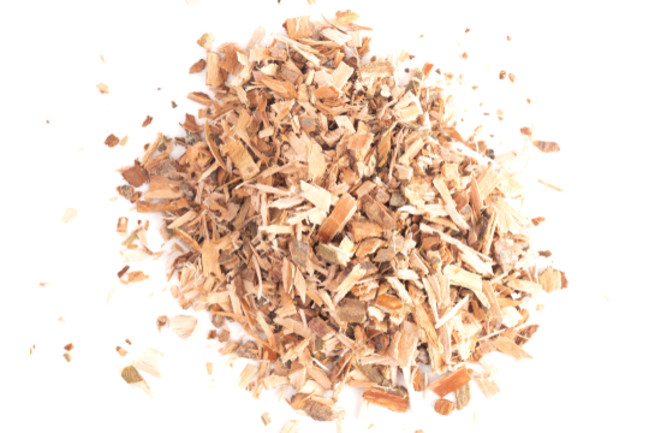






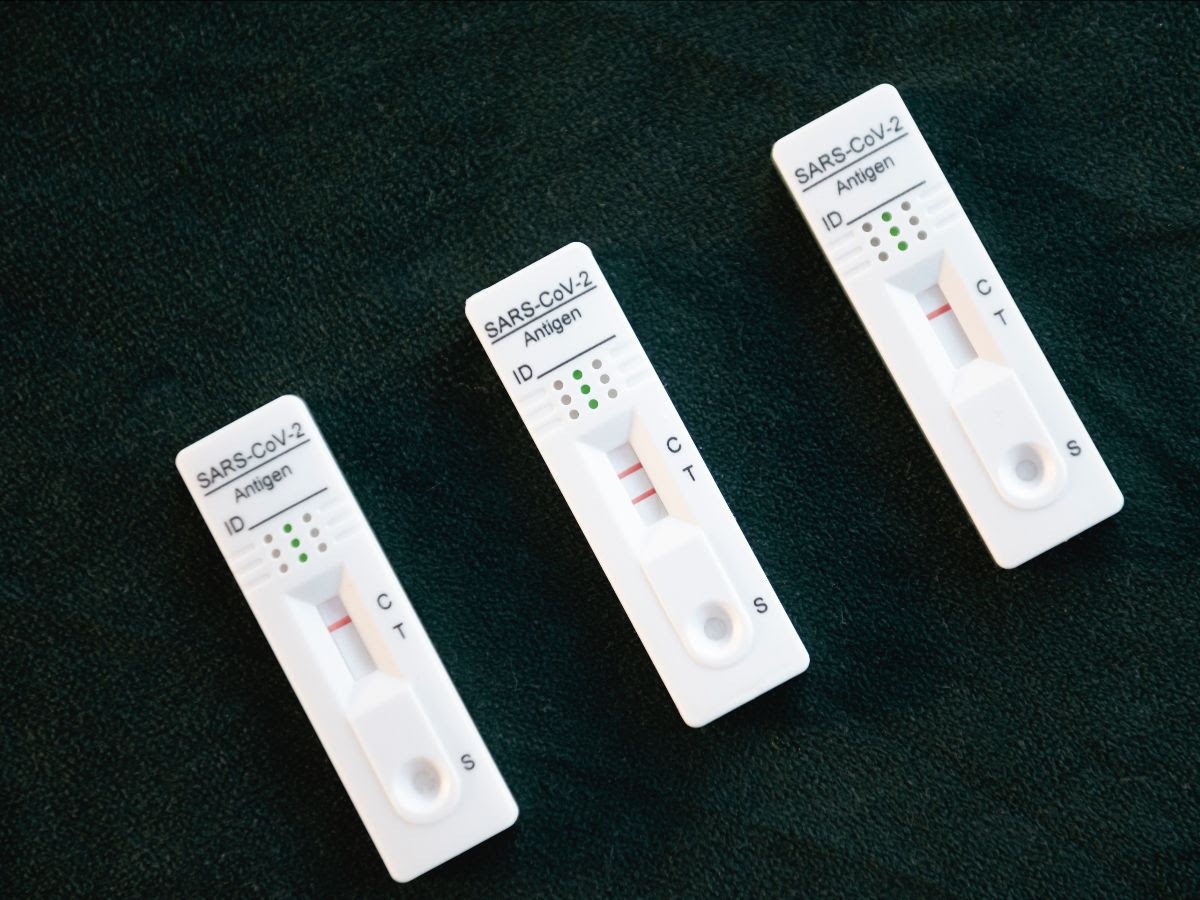
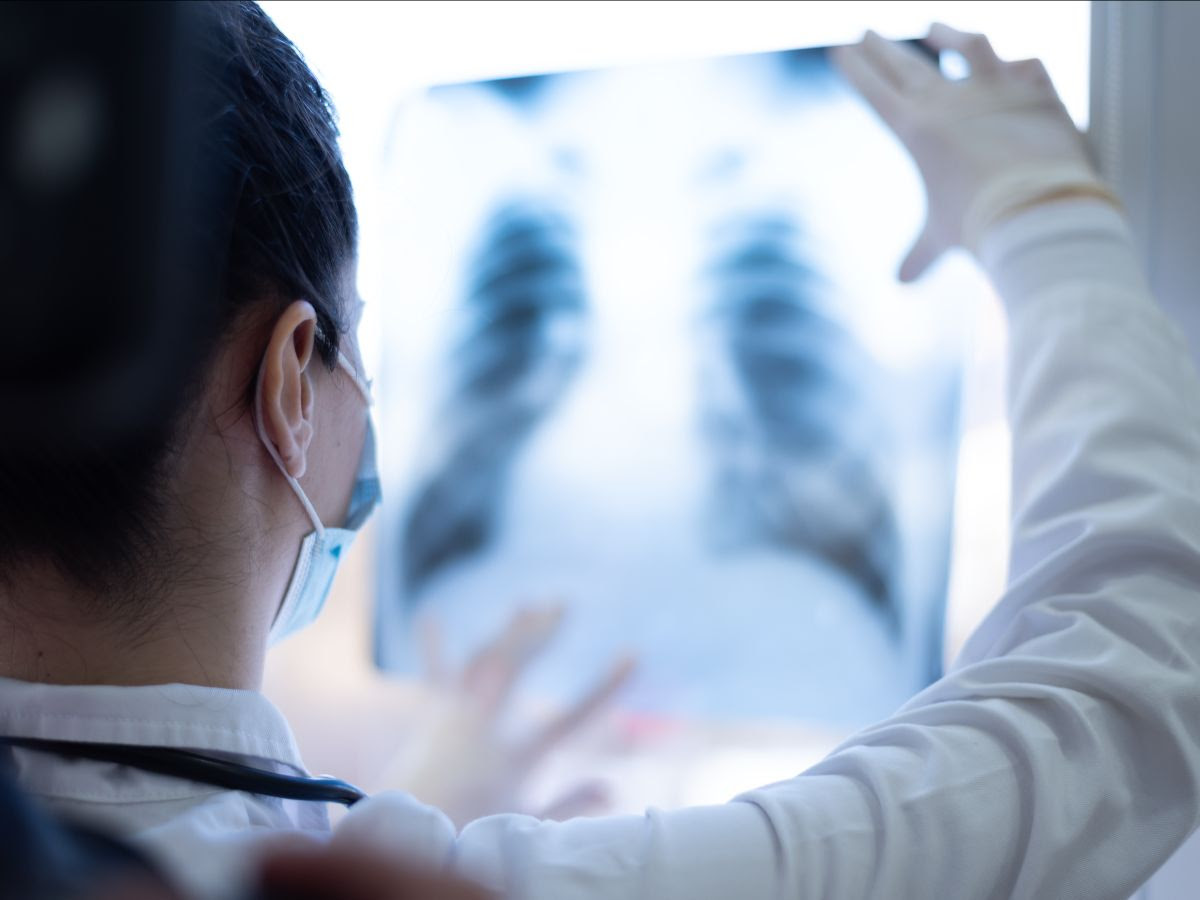
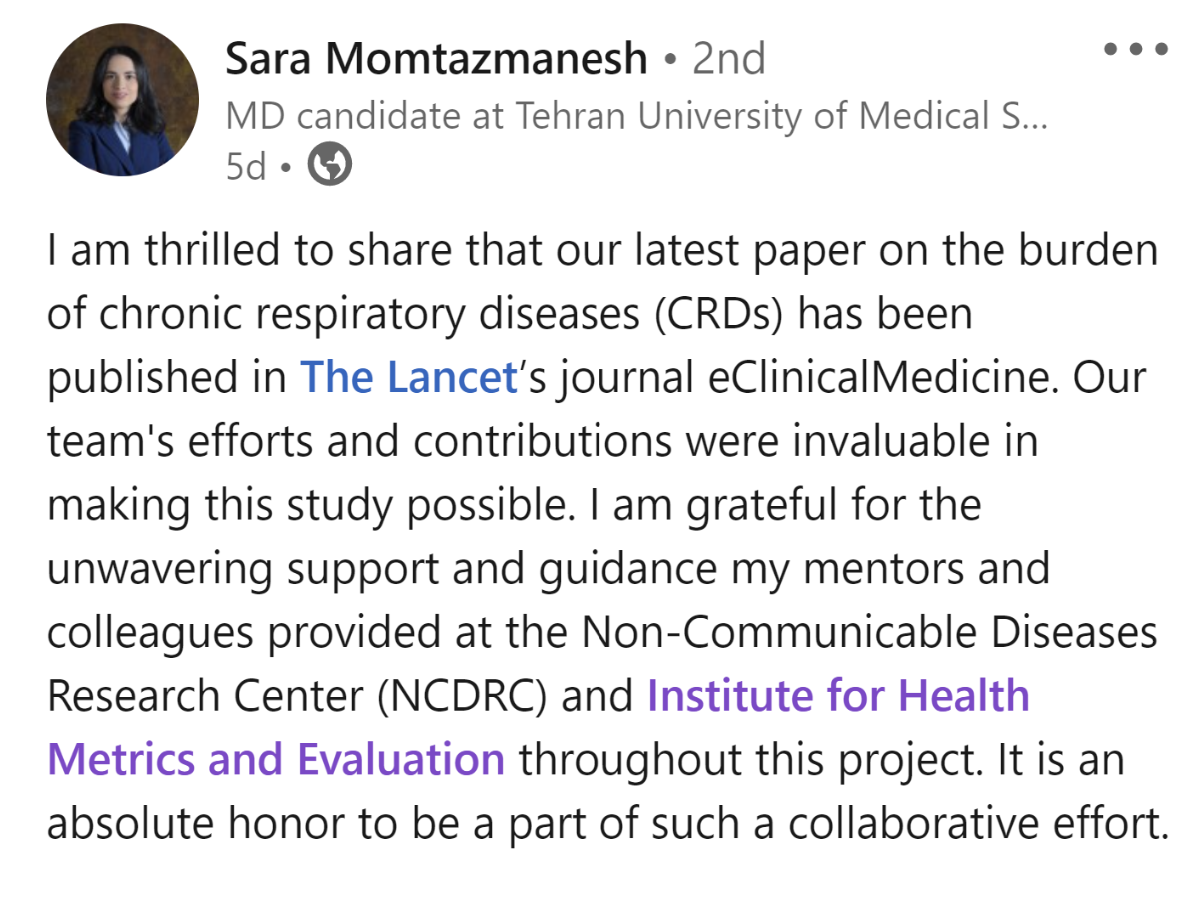
















No comments:
Post a Comment